Table of Contents
- How People Describe This Pain Pattern
- How You Activate and Intensify This Pain Pattern
- Self-Care – Getting Relief on Your Own
- Musculoskeletal Anatomy Behind Your Pain
- Therapy Notes for Massage and Bodywork
How People Describe This Pain Pattern
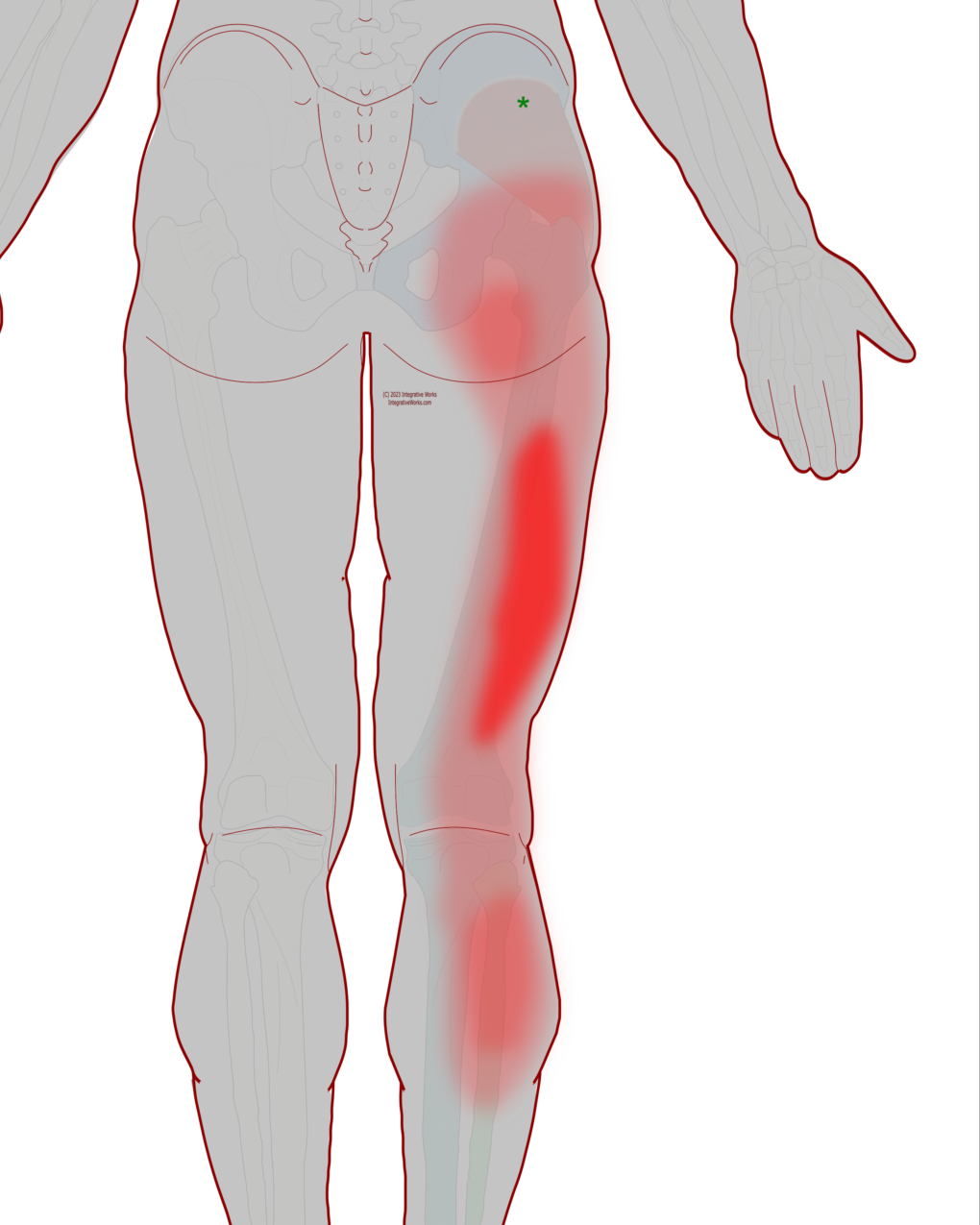
These people grab their hamstring and talk about how painful it is. They are often quite careful about not stretching their hamstrings too aggressively. Also, the back of the thigh often cramps when flexing the knee to touch the heel to the hip. Runners use this motion to stretch the quads.
Runner’s Nemesis
I’ve seen a lot of this problem over the years, especially from runners. Their hamstring goes into a painful spasm even though they continue to stretch it as directed. This condition can be debilitating and discouraging. The problem is complicated as the usual stretches offer little or no lasting relief.
Driver’s and Theater Goers, too
This pattern is a problem for people who are seated for long periods too. They often get pain in the back of the hip or the calf instead.
Hamstring Referrals
The problem is that the seizing hamstring is a referral pattern of another muscle, the gluteus minimus. The gluteus minimus is on the side of the hip. Right where the asterisk is in the illustration. I’ll help you see that seizing hamstring pain is the referral of the gluteus minimus and not the lateral hamstring itself.
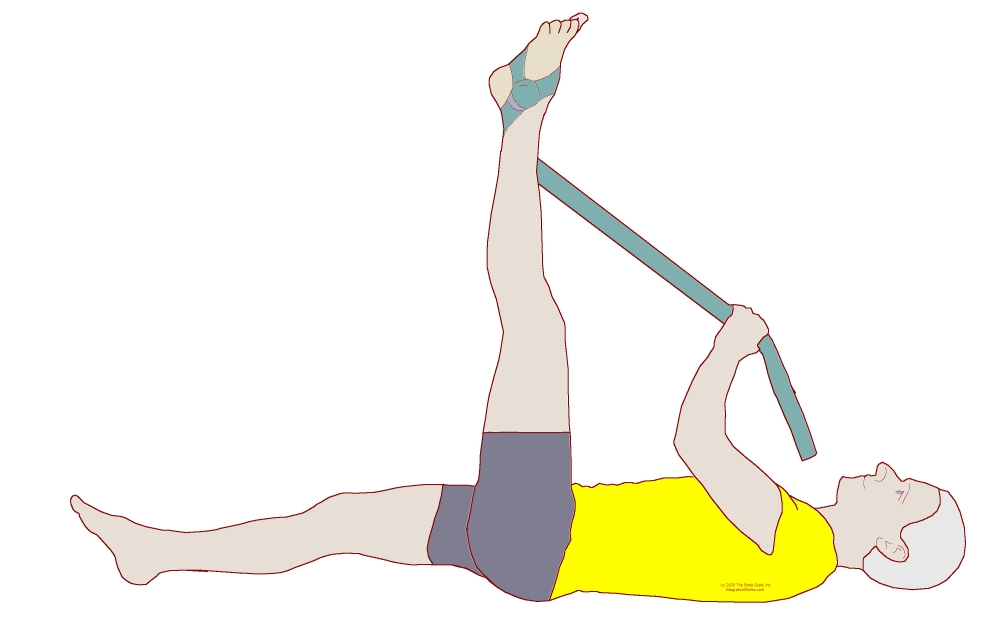
Let’s elicit the pattern for the hamstring first. One easy way to stimulate trigger point referral is to stretch the muscle. Lay on your back, straighten your knee and stretch your hamstring by pulling your leg back toward your chest while keeping the knee straight.
You can focus the stretch on the outside hamstring. First, turn the toe out with a strap that wraps around the outside of the ankle. Next, pull the foot a little toward the opposite shoulder.
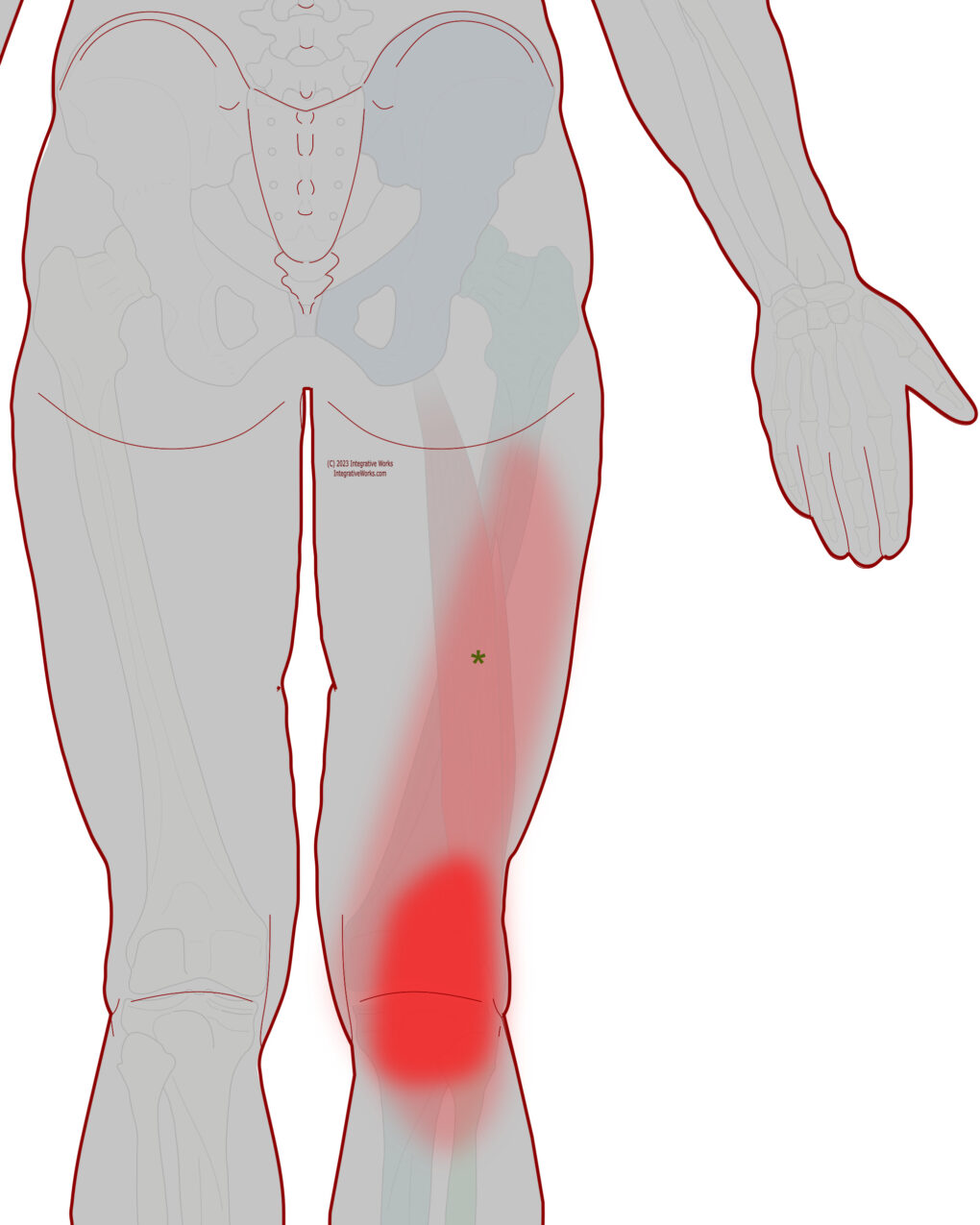
Eureka!
That’s right! You feel it behind the knee!
This is the referral pattern for the lateral hamstring. When this trigger point is active, it creates pain behind the knee. You can also elicit this pattern by pressing into those spots with a foam roller or tennis ball. You’ll feel it in the back of the knee when you hit the trigger points.
This aggravation can create a “satellite trigger point” in the hamstring. So, I often offer a stretch for the hamstring as well.
How You Activate and Intensify This Pain Pattern
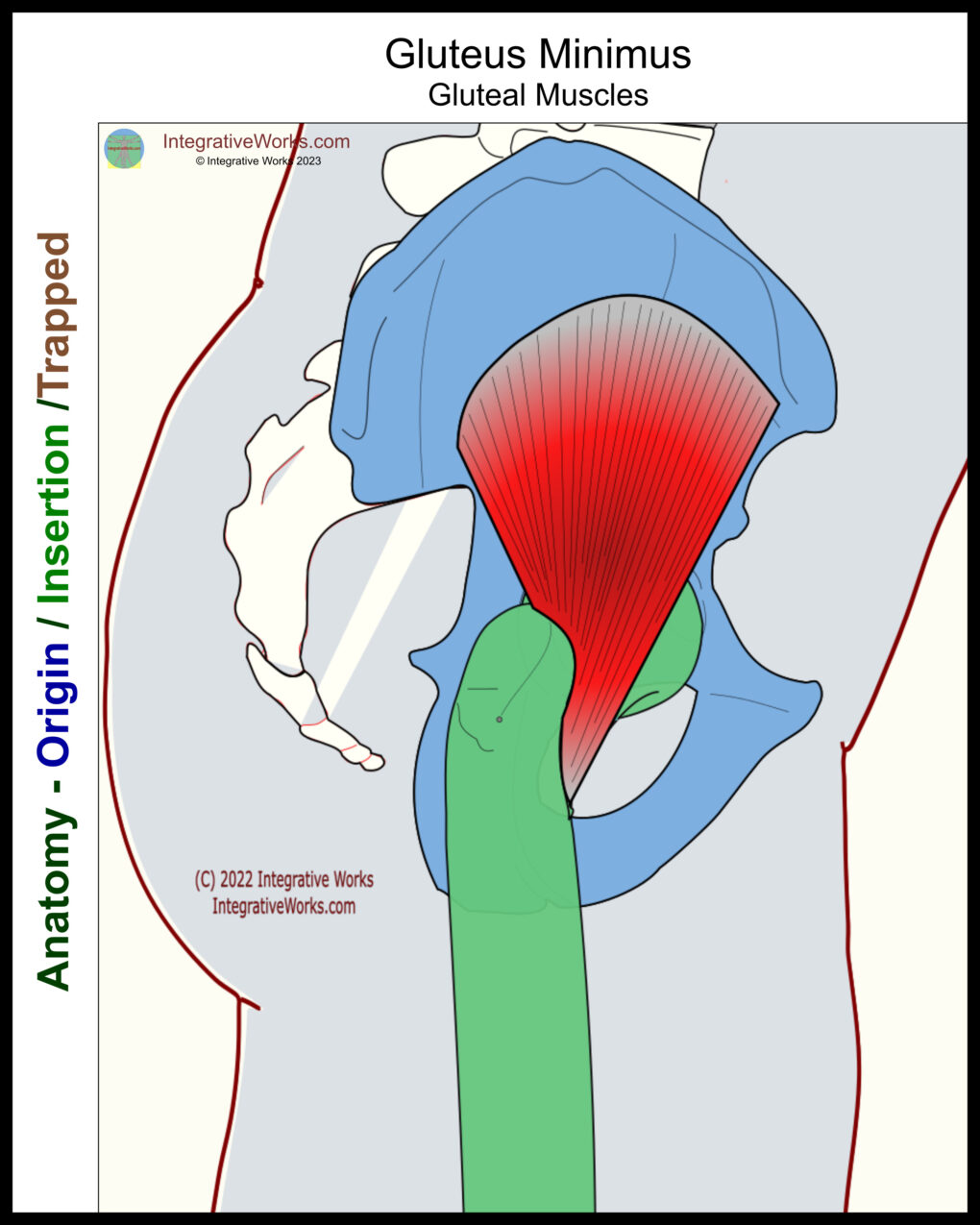
Long Drives
Sometimes, this trigger point produces a cramped hamstring during driving. People are focused on having legroom where they can stretch out. This position generally slides the hip forward in the seat, making the trigger point more active and the pain worse. It is tough to convince them differently. They think that stretching the hamstring will help.
Instead, the gluteus minimus stabilizes the hip when you are seated. The fibers near the front corner of the hip stabilize the pelvis while seated. You can see how this muscle connects to the front of the hip and the front of the femur bone.
Running Mechanics
While running, this muscle has two important jobs. First, it stabilizes the hips to keep them level when the other leg lifts to swing forward. Second, it helps to pull the leg forward when other hip flexors are not working well. But it is the hamstring that hurts. As a result, these runners often develop a stride with more hip motion and less knee motion. Consequently, the hip is overworked, and the hamstring cramps get worse.
Side-to-Side
Activities that wobble the hips side to side tend to aggravate this. When the hip is flexed, it is worse. So, cycling or leaning into the stair climber can be killer. Hiking uphill over uneven ground is also a problem. By the way, the pain often flares up a day or two later.
See for Yourself
Now, let’s elicit the pattern from the gluteus minimus. Before you get started, look at the picture above to see where you should place the ball. Then, lay the tennis ball on the floor. Next, lay on the tennis ball so that it presses into this spot. You may need to squirm around on it a bit to find the specific location. Most people guess too far back and need to turn onto their side with the ball farther forward. Several trigger points in this area produce different pain patterns in the hip and down the leg.
You can watch me do this in the self-care video.
The Musculoskeletal Anatomy Behind Your Pain
Gluteus Minimus
This post on anatomy contains standard information about the origin, insertion, function, and innervation of muscles. Additionally, it includes information on functional considerations and anomalies.
Find Related Posts
Anatomy posts have a grid of all related posts. This includes posts on pain patterns, self-care, therapy notes, NMT protocols, cranial techniques, and cases.
Getting Relief on Your Own
Clinically Proven
Self-Care Strategies
Self-Care Posts have common sections to make them easy to follow and understand:
- Activities to Avoid or Change
- Strategies for Quick Relief
- Stretches and Exercise for Longer-Lasting Relief
- Yoga Corner
Therapy Notes for Massage and Bodywork
Better Bodywork
Through Shared Expertise
Therapy Notes provide details for cranial, spinal, and local joint work. These notes also link to a traditional neuromuscular protocol.
By treating integrative components first, direct work on the muscle becomes less intense while providing longer-lasting relief.
Support Integrative Works to
stay independent
and produce great content.
You can subscribe to our community on Patreon. You will get links to free content and access to exclusive content not seen on this site. In addition, we will be posting anatomy illustrations, treatment notes, and sections from our manuals not found on this site. Thank you so much for being so supportive.
Cranio Cradle Cup
This mug has classic, colorful illustrations of the craniosacral system and vault hold #3. It makes a great gift and conversation piece.
Tony Preston has a practice in Atlanta, Georgia, where he sees clients. He has written materials and instructed classes since the mid-90s. This includes anatomy, trigger points, cranial, and neuromuscular.
Question? Comment? Typo?
integrativeworks@gmail.com
Interested in a session with Tony?
Call 404-226-1363
Follow us on Instagram

*This site is undergoing significant changes. We are reformatting and expanding the posts to make them easier to read. The result will also be more accessible and include more patterns with better self-care. Meanwhile, there may be formatting, content presentation, and readability inconsistencies. Until we get older posts updated, please excuse our mess.

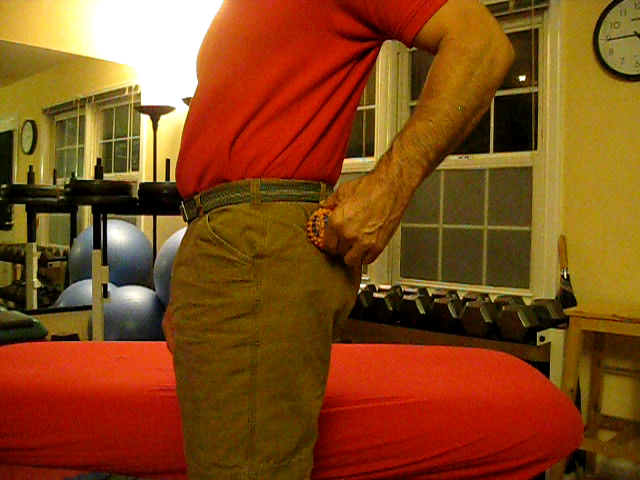


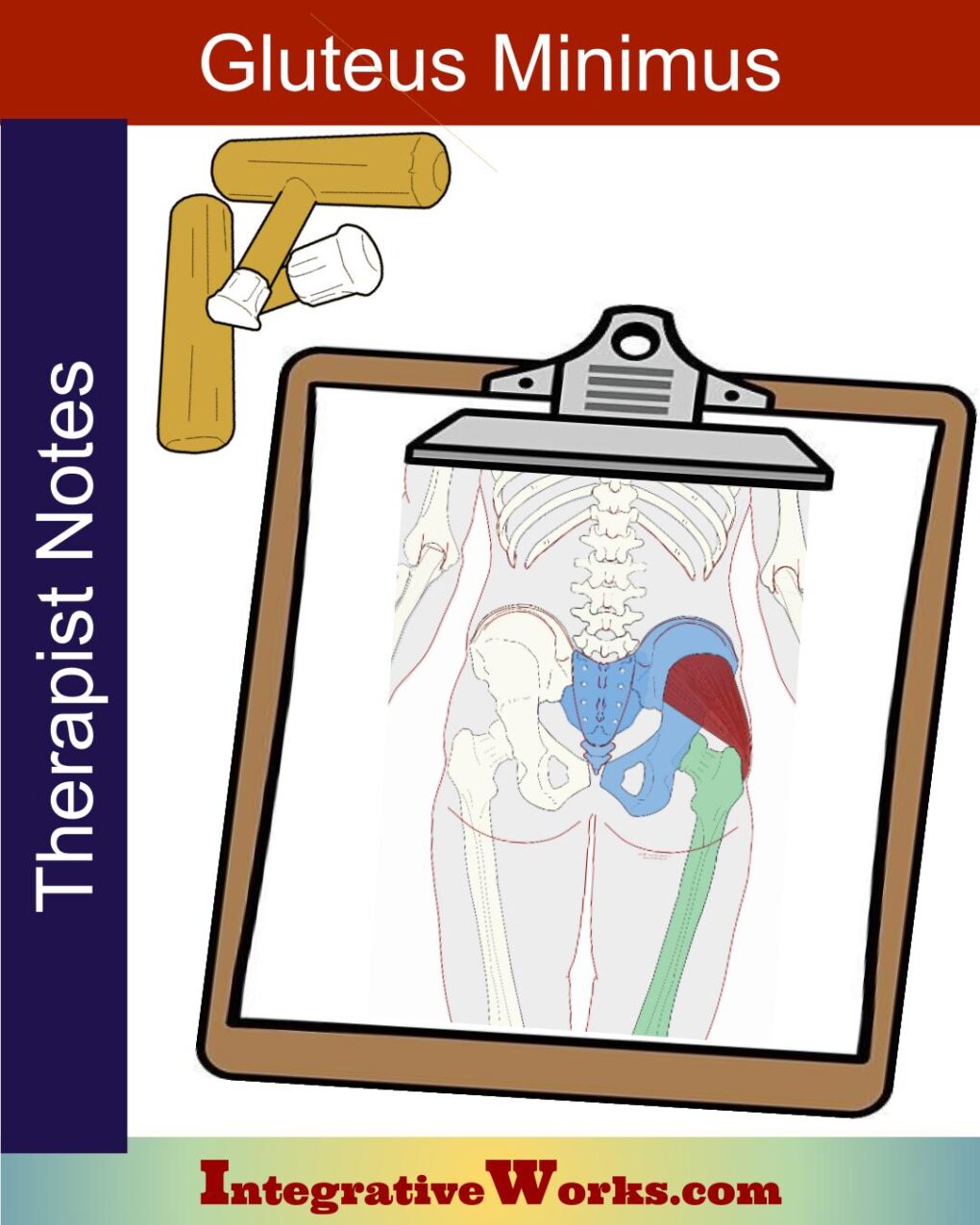

Comments are closed.